20 Actors Who Remain As Handsome Now As They Were in the 2000s


We at Bright Side would like to share some of the smart shopping habits you need to develop whenever you need to lock down your budget.
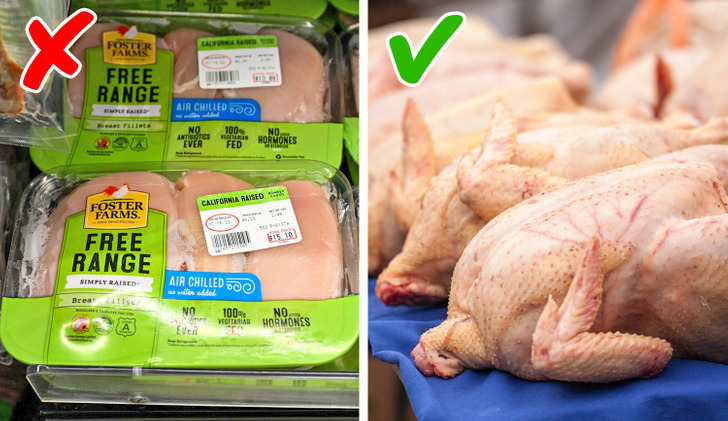
It’s way easier to have cut-up slices of fresh food. Whether they be fruits, vegetables, or even meat. You can find them in the supermarket inside plastic wrap, ready to be tossed into your basket. Although it’s tempting, buying whole produce or poultry is way more affordable since processing whole food requires less work. Other parts you may not “need” can also be used for stock and seasoning.
Closing time at farmers’ markets means a lot of perks. Aside from getting still-fresh picks, you get to score great deals since sellers are already itching to go home and close shop. You could even score a 2-for-1 promo when you drop by at a later time.
Instead of just paying for your purchases with cash or credit, try signing up for a loyalty program or rewards system, where they usually give you a card or let you download an app and get points whenever you buy something. With collected incentives, you can score free stuff! May it be free coffee, a discount for your favorite top, or a chance to win a raffle ticket.
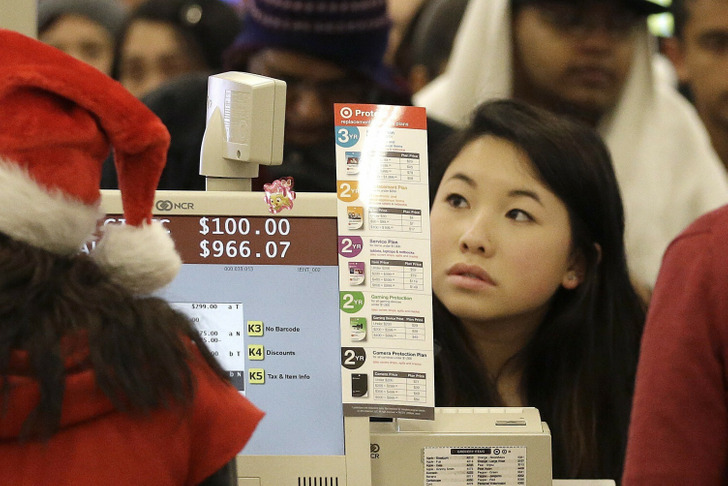
Cash registers and checkout counters are not perfect machines, nor are they operated by flawless cashiers. They are bound to make mistakes somehow, and it’s important for us to stay vigilant whenever it’s our turn to make a purchase.
Scanner errors actually cost an estimate of $2.5 billion each year, and that’s a huge sum of money for all of us. It’s best to keep track of what appears on the screen and not lose a single penny.
The holiday spirit can influence us into making last-minute purchases. The hassle we experience can ruin the fun we’re expecting to have later during celebrations. The best way to avoid seasonal traffic and in-demand high prices is to steer clear of the perfect time. Instead, buy holiday goodies a month or 2 before the festivities start to kick in. You’ll save plenty of money and time.
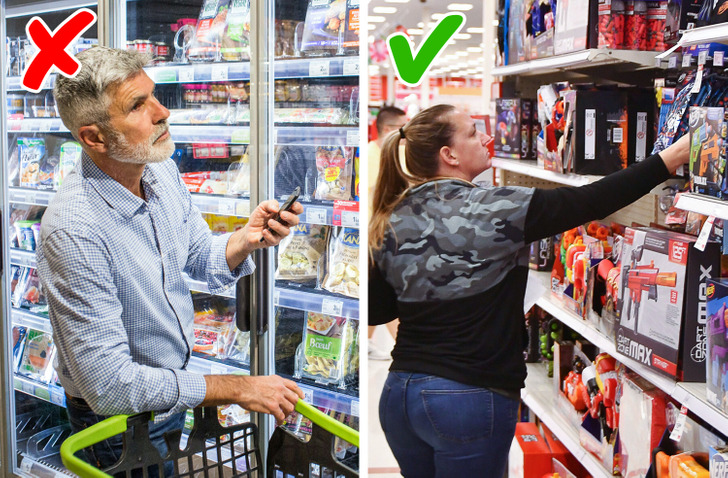
Carrying a cart or a basket with you while browsing in-store aisles might be a bad idea if you’re trying to cut down your shopping bill. This may be because of how our minds work with available space. If there’s free space, there’s place for more stuff to buy. But if your arms are full from carrying your purchases, there’s a possibility you’re safe from unwise and unnecessary spending.
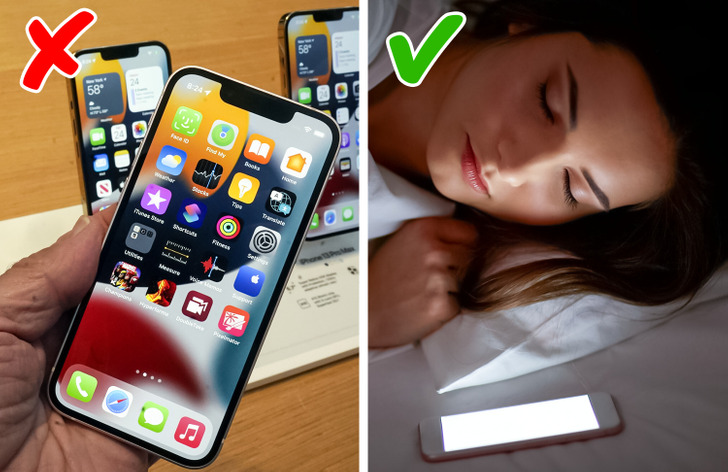
If you have to make a high-spending decision, it’s best for you to think it through and mark yourself safe from impulse buying. In fact, sleep medicine doctors recommend dedicating time for a few hours in dreamland to help us make good decisions when we wake up. It’ll save us from impractical purchases and recharges us too.
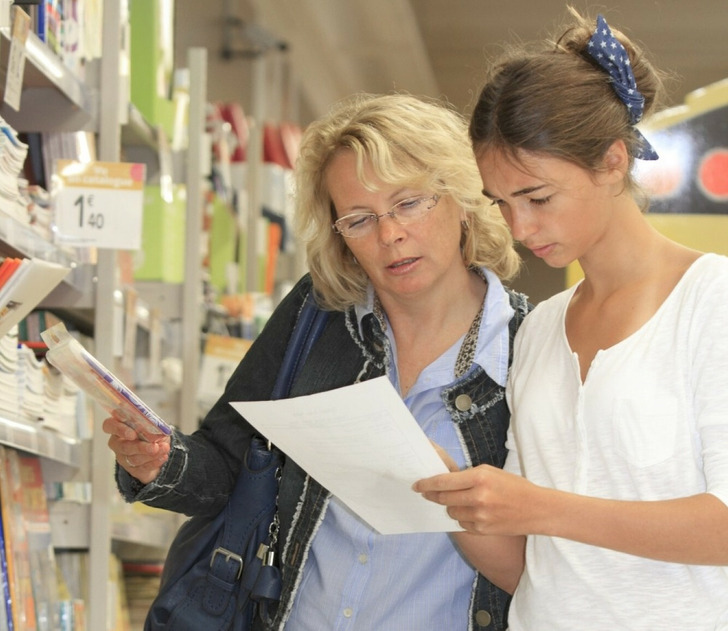
When we’re faced with too many tempting deals and promos whenever we step foot in our local store, it’s hard to not veer off from our buying mission. Instead of just buying shampoo, we can end up buying ice cream, soda, and makeup if we don’t stick to a list. If you’re forgetful, a checklist serves as a necessary “memory aid” to guide you away from overspending.
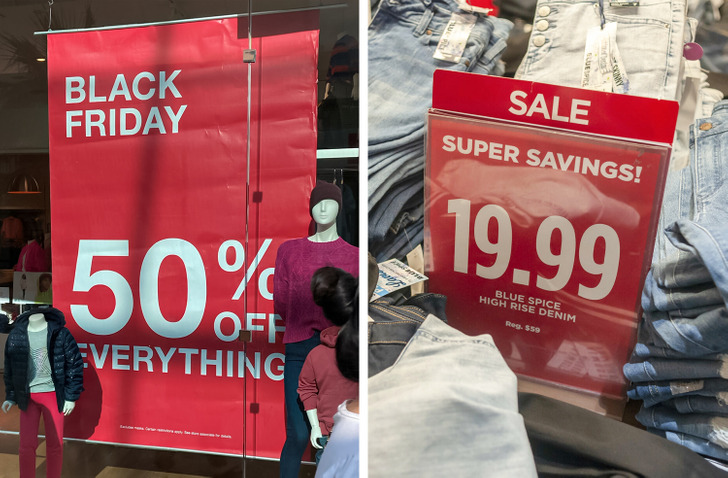
Taking note and knowing the usual pattern of store sales may benefit your spending habits and change your buying cycle in more ways than one. The jeans you’ve been after for a long time might go on sale in the store’s next big event.
If store owners use “sales forecasting” to attract buyers from time to time, it might be a good thing for you to take advantage of that technique to score impressive deals.
Although it’s way more convenient and hassle-free, paying cashless with your online bank or credit card may present more cons than pros in the long run. Aside from security risks, card payments can lead you to purchase more than you need because you can’t physically see how much you’re spending, and you don’t need change with your payment.
Cashless purchases create an illusion that you have unlimited spending power. On the other hand, paying in cold, hard cash helps you budget your trips to the store wisely.
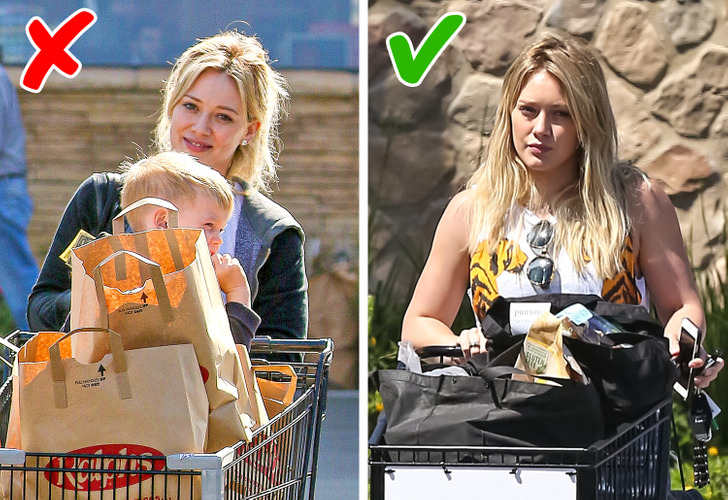
Shopping can be a therapeutic time for you. It’s a moment of “me time” without shifting your focus onto other people, but just on your shopping list and needs. This can mean not bringing youngsters or even friends with you. And you shouldn’t have to feel guilt, peer pressure, or inconvenienced because you don’t want to look after others.
Store brands and generic items without big-name packaging may appear cheaper than those from famous and commercial names that you can find in your shopping aisles. In fact, products from these brands cost 25% less than popular products.
When compared with each other, there aren’t big differences when it comes to quality. It’s just the packaging and expensive ads that set them apart.
Store warranties guarantee that the items you’re about to buy are of high quality and promise to live up to what they advertised. If you encounter defects or just purchased the wrong product, you have the choice to return or replace it with a new one because of their warranties and return policies.
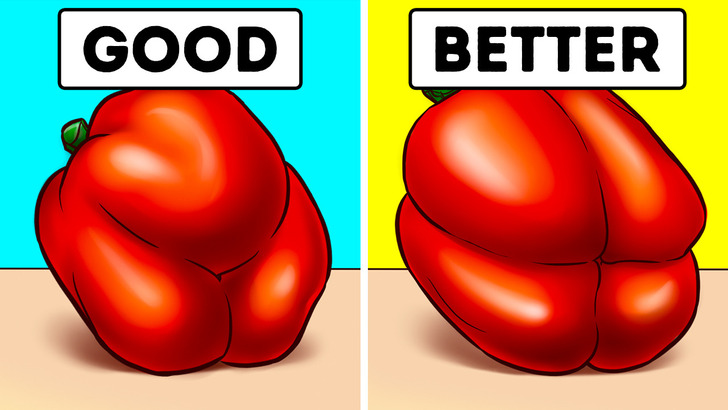
It’s all about the color and appearance when shopping for produce. The farmers’ market may offer a variety of fresh picks, but it’s always important to keep a keen eye on your choices. Always choose firm, plump, and brightly colored fruits and vegetables. Ending up with the wrong ones, like wrinkly and bruised items, can carry the risk of hiding bacteria and mold.
Which of these hacks have you tried before? How was your experience with it? Tell us in the comments!











